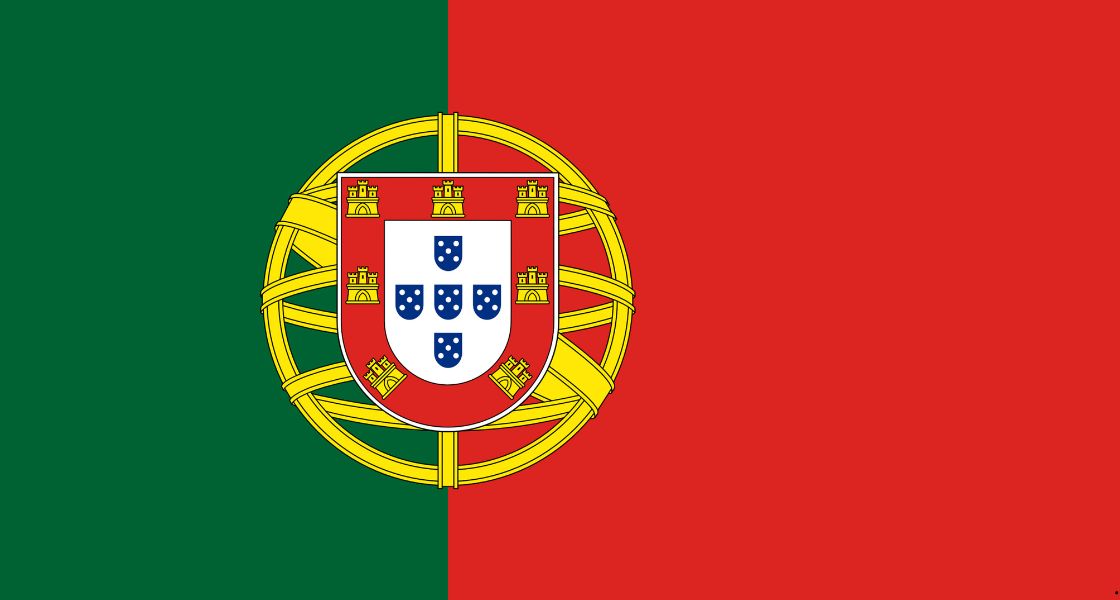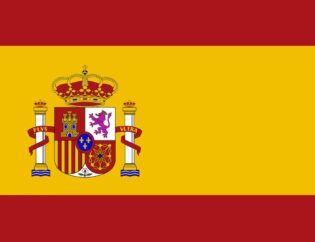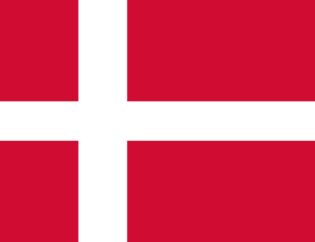
Portugal - Overview
Portugal, officially known as the Portuguese Republic, is a country located on the Iberian Peninsula in Southwestern Europe. It has an area of 92,090 square kilometers and a population of approximately 10,242,081 people. The capital city, Lisbon, is the largest city and a significant cultural and economic hub. Portugal's territory includes the mainland as well as the autonomous regions of the Azores and Madeira, situated in the Atlantic Ocean. The country boasts the westernmost point of continental Europe and shares its only land border with Spain to the east and north, while its west and south coasts are bordered by the North Atlantic Ocean. Portugal is known for its rich history, having been established as a nation-state in 1143, making it one of the oldest countries in Europe. The country played a prominent role during the Age of Discovery, establishing a vast maritime empire that significantly influenced global trade and cultural exchange.
Portuguese Cuisine
Portuguese cuisine is a delightful blend of rich flavors and diverse ingredients, deeply rooted in the country's history and cultural interactions. Influenced by Mediterranean, Atlantic, and colonial culinary traditions, it emphasizes the use of fresh, locally sourced ingredients. Traditional Portuguese dishes often feature a variety of meats, seafood, vegetables, and legumes, complemented by aromatic herbs and spices. Olive oil is a cornerstone of the cuisine, used both for cooking and flavoring. Garlic and onions are prevalent in many recipes, adding depth and richness to the flavors. Portuguese cuisine also incorporates a variety of spices such as piri piri (small, fiery chili peppers), saffron, paprika, and cinnamon, reflecting the country's historical spice trade links. Typical meals include hearty stews, grilled fish, and meat dishes, often accompanied by rice, potatoes, or bread. Sweet pastries, like the famous pastel de nata (custard tart), are also an integral part of the culinary tradition, enjoyed alongside a strong espresso.
Mushrooms in Portuguese Kitchen
Mushrooms hold a special place in Portuguese cuisine, with a variety of types commonly used to enhance the flavor and texture of traditional dishes. The most frequently used mushrooms in Portuguese cooking include:
- Champignons (Cogumelos): Versatile and widely used in various dishes for their mild flavor.
- Boletes (Cogumelos Porcini): Known for their rich, earthy taste, often used in stews and sauces.
- Chanterelles (Cantarelos): Prized for their delicate flavor and firm texture, ideal for sautés and soups.
- Parasol mushrooms (Cogumelos Parasol): Typically breaded and fried or added to hearty dishes.
These mushrooms are celebrated for their ability to absorb flavors and add a robust, earthy quality to a variety of Portuguese dishes.
Portuguese Dishes with Mushrooms
Mushrooms are a key ingredient in many Portuguese dishes, enhancing their complexity and depth. Notable Portuguese dishes with mushrooms include:
- Caldo Verde with mushrooms: A traditional Portuguese soup made with potatoes, collard greens, and sausage, enriched with the addition of mushrooms for a unique twist.
- Alheira (Sausage with mushrooms): A flavorful sausage that incorporates mushrooms, adding an earthy note to this popular dish.
- Mushroom risottos: Creamy rice dishes made with a variety of mushrooms, offering a rich and comforting meal.
These dishes highlight the versatility and importance of mushrooms in Portuguese cuisine, making them a staple in many traditional and modern recipes enjoyed in Portuguese restaurants and homes. The use of mushrooms not only enhances the flavor but also reflects Portugal’s deep connection to its natural resources and culinary heritage.











